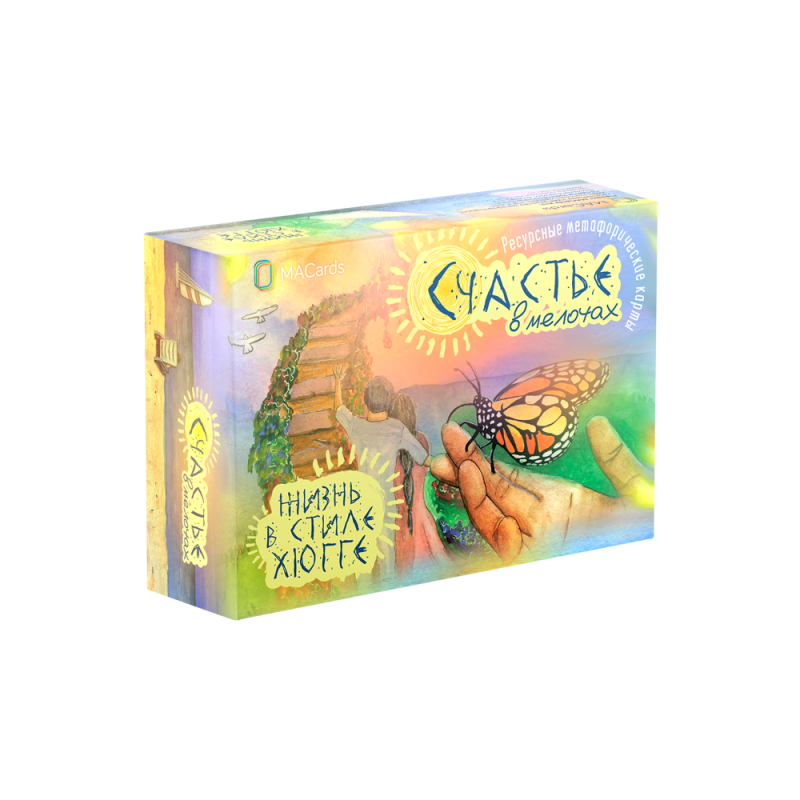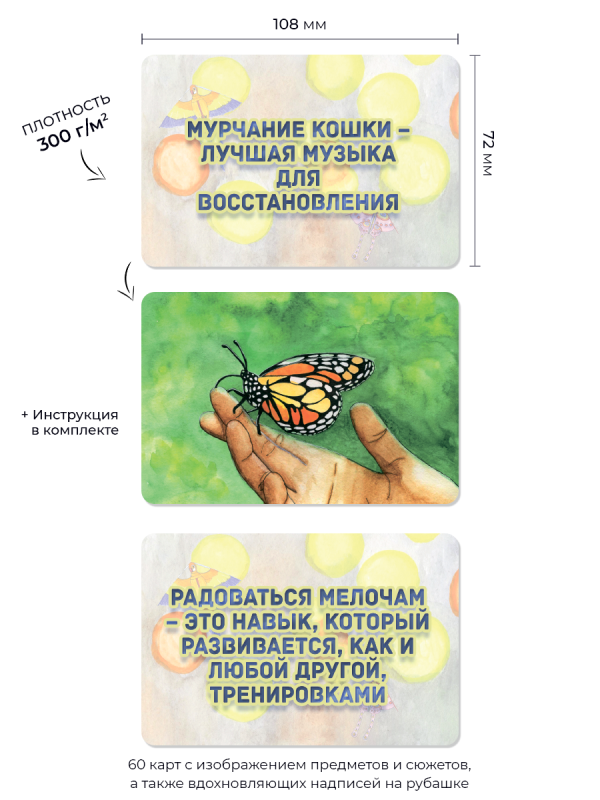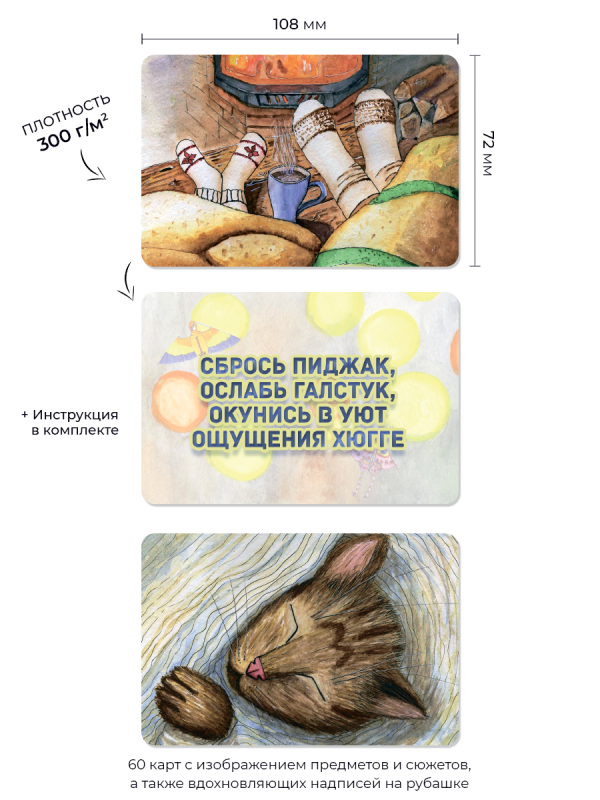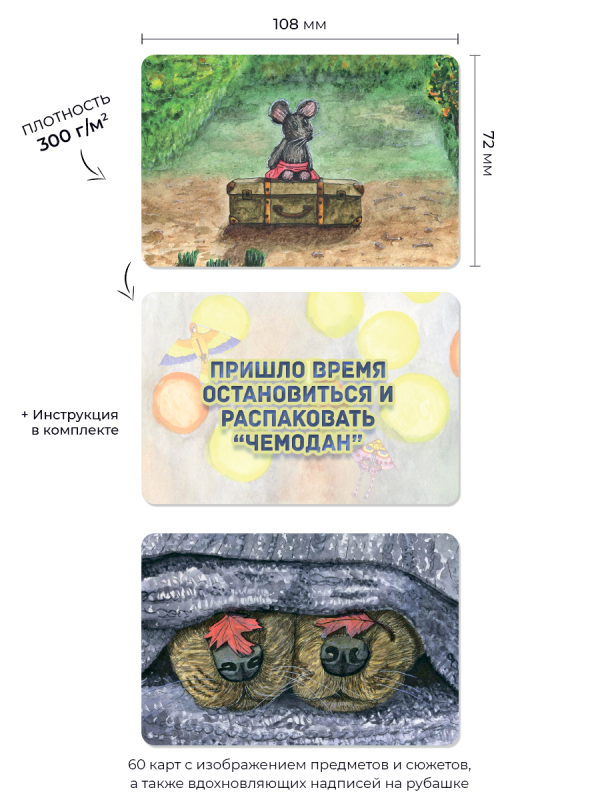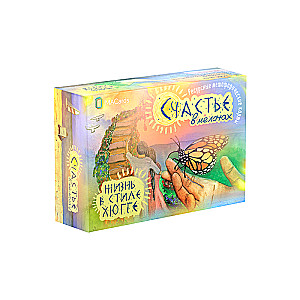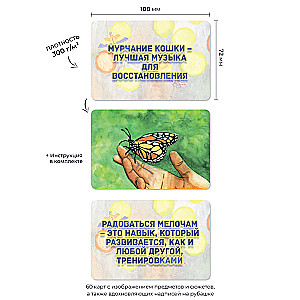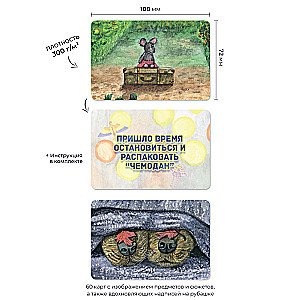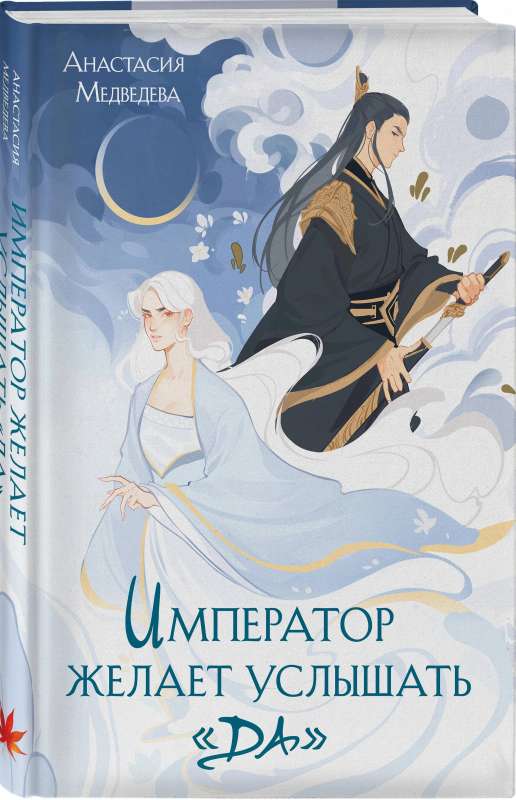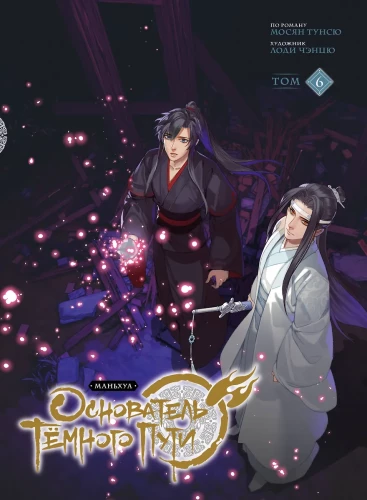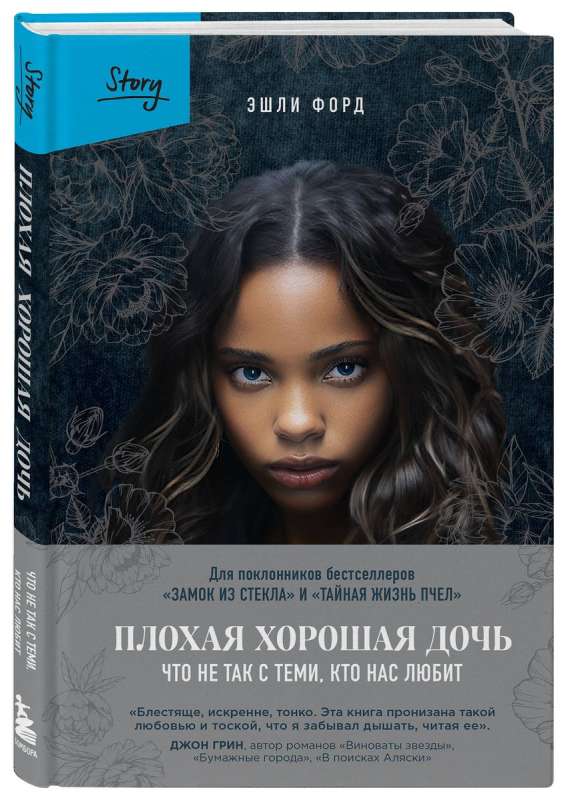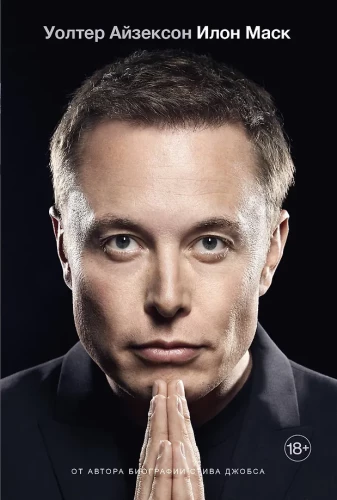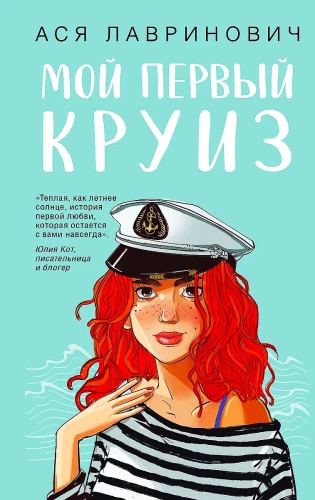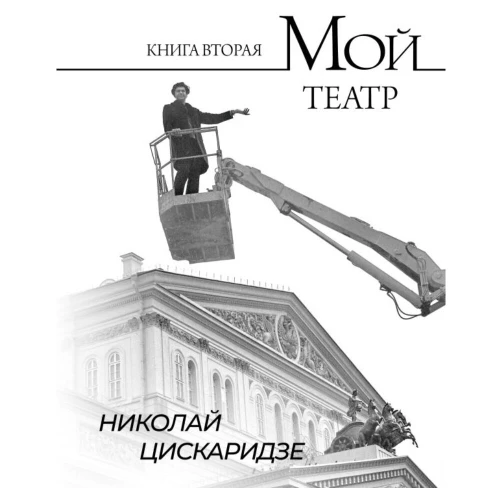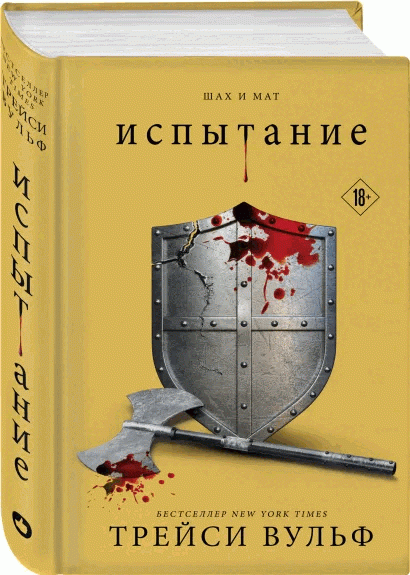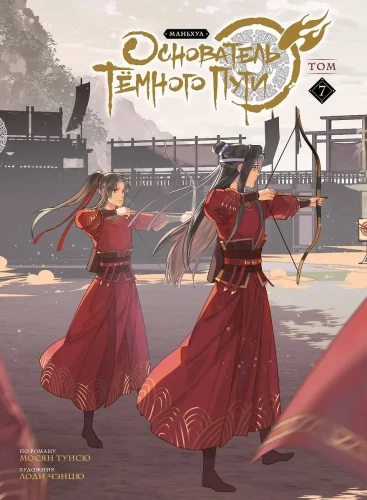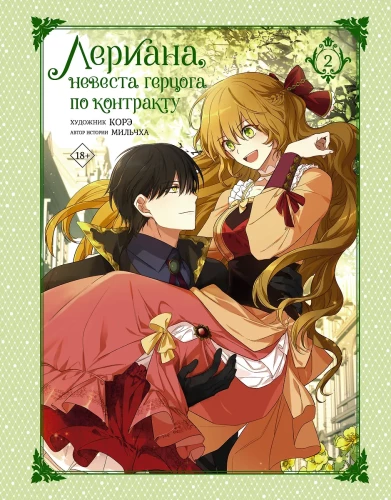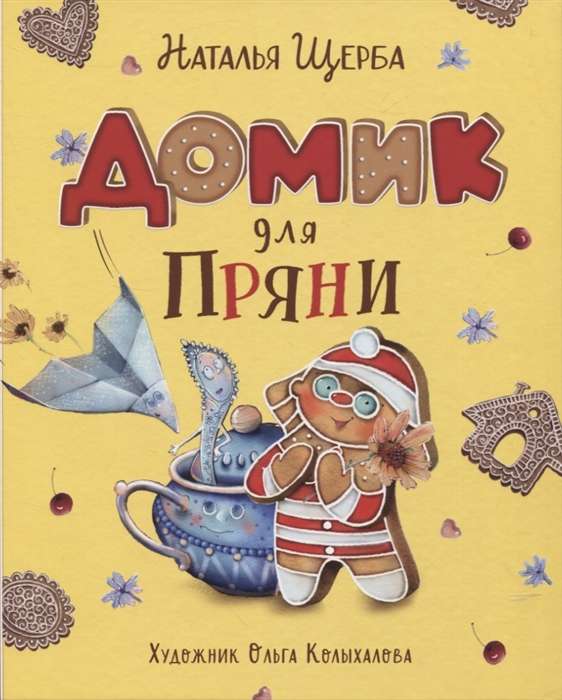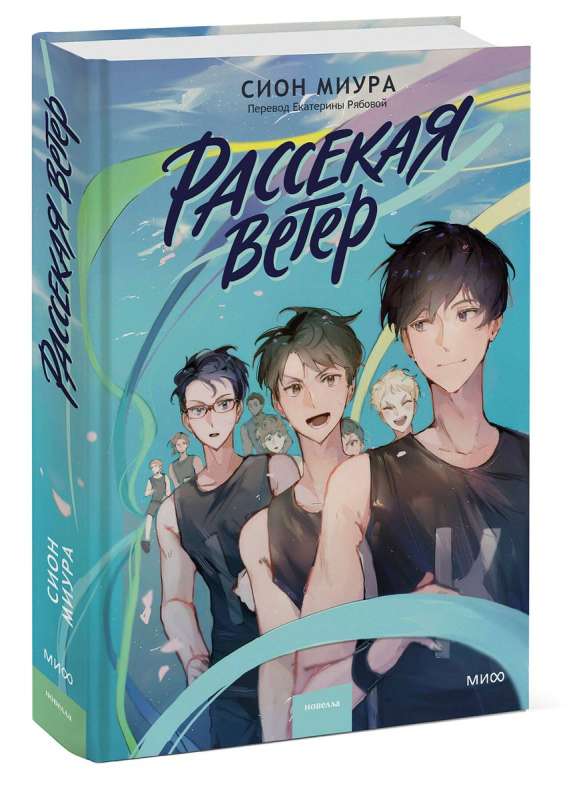Metaphorical Cards Happiness in Little Things
Artist: Yulia Kobyakova
Set: 60 cards featuring images of objects and plots, as well as inspiring inscriptions on the back; instructions.
The foundation is the idea of the tradition of “Hygge.” In Danish, Hygge means a certain atmosphere of comfort, coziness, friendliness,...
and well-being. A few years ago, as a psychologist, I became interested in this culture of measured satisfaction, which is absolutely not characteristic of Russian-speaking countries.
In working with clients, focusing on traditional Hygge elements, we found joyful little things that anyone can easily integrate into their life and immediately feel more enjoyment and a sense of satisfaction with the quality of their life.
What if we visualize this? The cards were illustrated for me in 2021 with watercolor to convey the lightness of Hygge. I used them for a long time only in personal counseling. Having repeatedly verified their effectiveness, I am happy to present to you the deck "Happiness in Little Things".
Purpose: working with resources and emotional states, getting out of difficult life situations, unlocking creative potential. Finding simple moments, situations, and actions that lead to feelings of happiness, coziness, and well-being.
This is a simple tool with which each person can uncover such complex concepts as happiness, harmony, peace, closeness, warmth, love, home, etc.
This deck is not about external achievement strategies, successful success, or ostentatious happiness, which the modern world teaches us to rely on, but about internal values, long-forgotten traditions, moments of calm and unity with oneself and the world.
By embracing Hygge, every person reduces their stress level, calms their mind, pauses, and can, in this quiet state, reassess any situation and fill their life with happiness in little things.
This deck can be used both in the work of a psychologist and game practitioner, as well as for personal self-discovery. It is also recommended for use with children.
1. Where does my happiness live: cards from the deck, one question - one card.
• O (open): My happiness, how do I consciously see it?
• C (closed): My happiness, how does my subconscious see it?
• C: What is between these two representations?
• C: Who is responsible for your perception of happiness? Who does this card associate with for you? Who thought of happiness this way?
• C: What are you ready to see on the way to your happiness?
2. Warmth Inside
Working with the drawing part of the deck, C (closed). One question - one card.
• What do I need to stop now and dive into myself?
• What details do I need in my surroundings right now to give myself warmth? • What can I do for myself right now?
• What can I do to please myself in the next 24 hours?
• What can I do to please myself in the next 72 hours?
• What will help me return to the thought of caring and warmth to myself every day? Here, the textual part of the card can also be used.
3. Getting out of a crisis situation
Draw cards C (closed), using the drawing part.
• How can I help myself right now?
• What can I lean on inside myself to
endure the pain?
• What external environment can
support me right now?
• What should I focus on
the most right now? In this question, the textual part of the deck can be additionally used.
4. Setting for the day, week, vacation (from 1 to 5 cards):
Use cards C and both the drawing and textual parts.
• What little things is it important for me to pay attention to today?
• What is important to remember?
5. Setting for an important event (can be used from adolescence)
Draw cards C. Use the drawing part of the deck.
• What does the event associate for me?
• How will I be there?
• What will help me feel better? • What is within me to go through it
in the best way for myself?
• What step needs to be taken first?
An example technique for working with a child's resource.
Instructions for the adult or what to say to the child:
• Look at the pictures (cards open), where would you like to be right now?
(first choose everything you want, then from what is available, three) Choose three cards that you can say
"THIS IS THE PLACE".
• What attracted you in these pictures?
• What did you notice first?
• Pay attention to the adjectives,
ask questions: what is it like?
• The child will tell you what they are missing
and where their resource is.
5 January (Mo)
free
2 January (Fr)
€ 9.99
free from € 80.00
5 January (Mo)
free
2 January (Fr)
€ 9.99
free from € 80.00
-
MNOGOKNIG Gmbh, Frederichstrasse 176-179, Berlin, Germany, 10117+4915205421866
